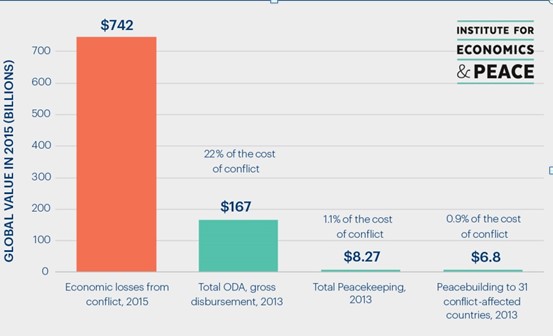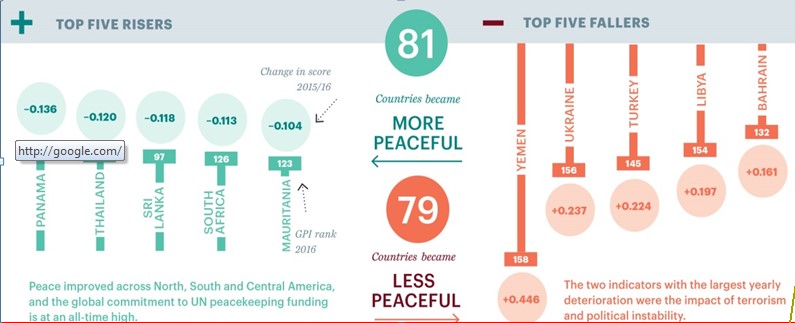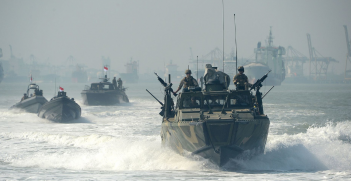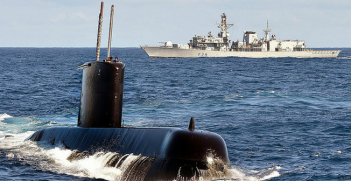The State of Peace in 2016
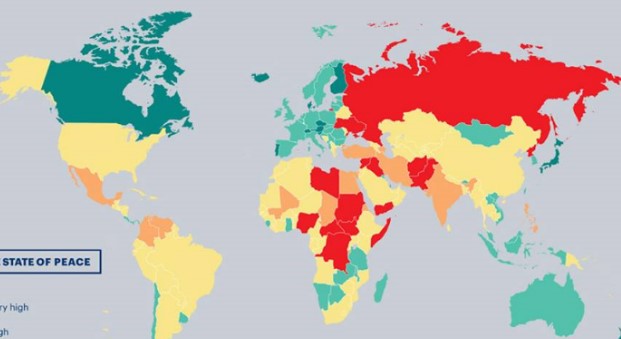
The tenth edition of the annual Global Peace Index (GPI) produced by the Institute for Economics and Peace finds that the world is becoming less peaceful and the gap between the most and least peaceful countries continues to widen.
Released this week at the House of Lords in London, the 2016 GPI shows that the Middle East and North Africa (MENA) region recorded the world’s lowest levels of peace for the second year in a row. Conversely, many countries outside MENA have reached historically high levels of peacefulness. Eighty-one countries improved during 2015, but the deterioration in another 79 outweighed these gains, meaning that peace declined at a faster rate than in the previous year. The Institute for Economics and Peace calculates the economic impact of violence in 2015 to be $13.6 trillion, equivalent to 13.3 per cent of World GDP or 11 times the size of global foreign direct investment. This year’s report highlights that the economic losses from conflict dwarf the expenditures and investments in peacekeeping and peacebuilding: $742 billion compared to $15 billion. While investment in peacekeeping and peacebuilding increased from 2014 to 2015, it still represents only two per cent of the global economic losses from conflict.
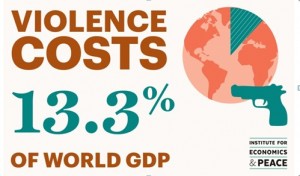
The GPI uses 23 qualitative and quantitative indicators from highly respected sources to rank 163 independent states and territories according to their level of peacefulness. This year’s edition of the Index expands its coverage to include Palestine for the first time and covers approximately 99.7 per cent of the world’s population. The index gauges global peace using three broad themes: the level of safety and security in society; the extent of domestic or international conflict; and the degree of militarisation.
Long-term trends
The results of the 2016 GPI reinforce the underlying trend of the last decade: the world is becoming less peaceful. There is a 0.53 per cent decline from last year. This is largely due to the worsening state of peace in the low scoring regions which are dragging down the global average. Also contributing to the decline in peace is the combination of three dynamics: levels of terrorism are at an all-time high; battle deaths from conflict are at a 25-year high; and the number of refugees and displaced people are at a level not seen in 60 years. Notably, the sources for these three dynamics are intertwined and driven by a small number of countries demonstrating the global repercussions of breakdowns in peacefulness. The countries that recorded the largest decreases in peace since last year are Yemen, Ukraine, Turkey, Libya and Bahrain. The largest improvements were recorded in Panama, Thailand, Sri Lanka, South Africa and Mauritania.
The societal safety and security domain and ongoing conflict domain both deteriorated while the militarisation domain recorded a slight improvement. This is partly attributed to 106 countries reducing military expenditure as a percentage of GDP and overall global military spending decreasing in the last three years.
So the trends over the past decade are not uniformly negative. Today, 77 countries are more peaceful than they were ten years ago, with some at their most peaceful in history. Iceland is once again the world’s most peaceful country; Denmark, Austria and New Zealand follow closely behind. Portugal joins the top five for the first time thanks to improvements in a number of indicators including political instability and the likelihood of violent demonstrations.
The largest indicator improvements were in the “UN peacekeeping funding” and the “Security officers and police rate” indicators. There has been a renewed effort by the international community to provide timely support to peacekeeping operations, including a 12 per cent improvement in UN peacekeeping funding. More peacekeepers have been deployed as a result of this improvement, reflecting the global commitment to peacekeeping and global peace and security. The “Security officers and police rate” decreased in 44 countries and increased in 29, with the biggest reductions occurring in Kazakhstan, Moldova and France. “Violent crime” also recorded a reduction in 13 countries and increased in only five.
For more on the Global Peace Index and to view data for 163 countries, please visit the Peace and Economics Institute’s interactive website or through Facebook, Twitter and Instagram. #GPI2016
Camilla Schippa is Director of the Institute for Economics and Peace. This article is published under a Creative Commons Licence and may be republished with attribution.



